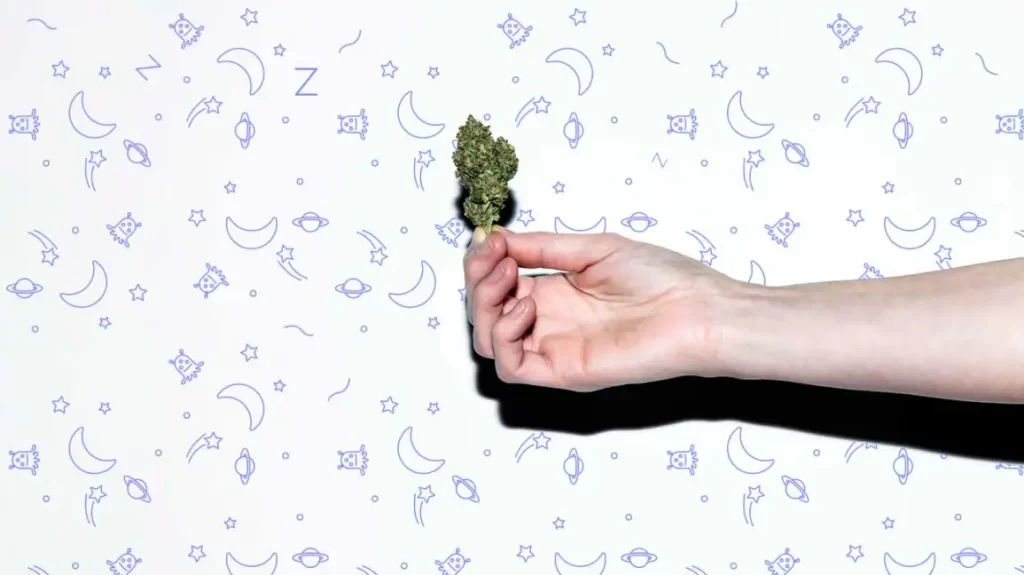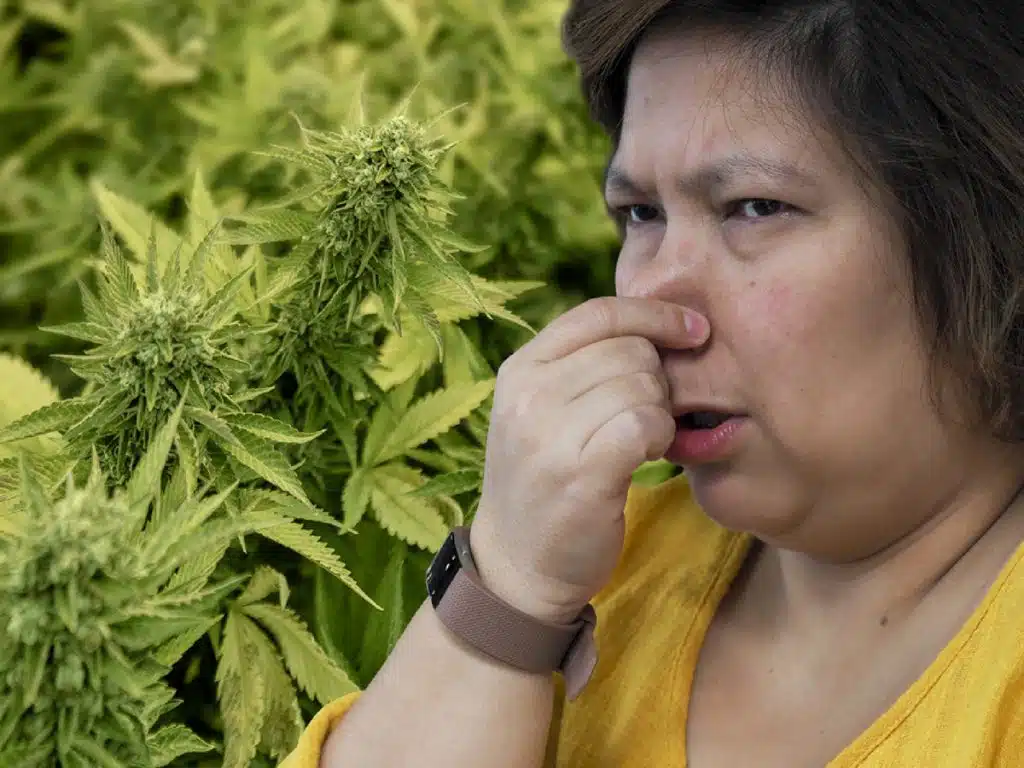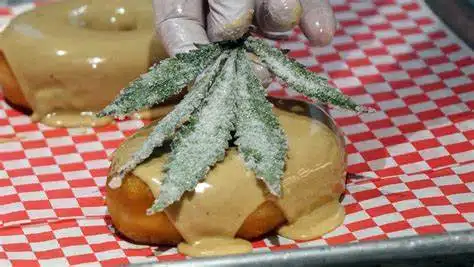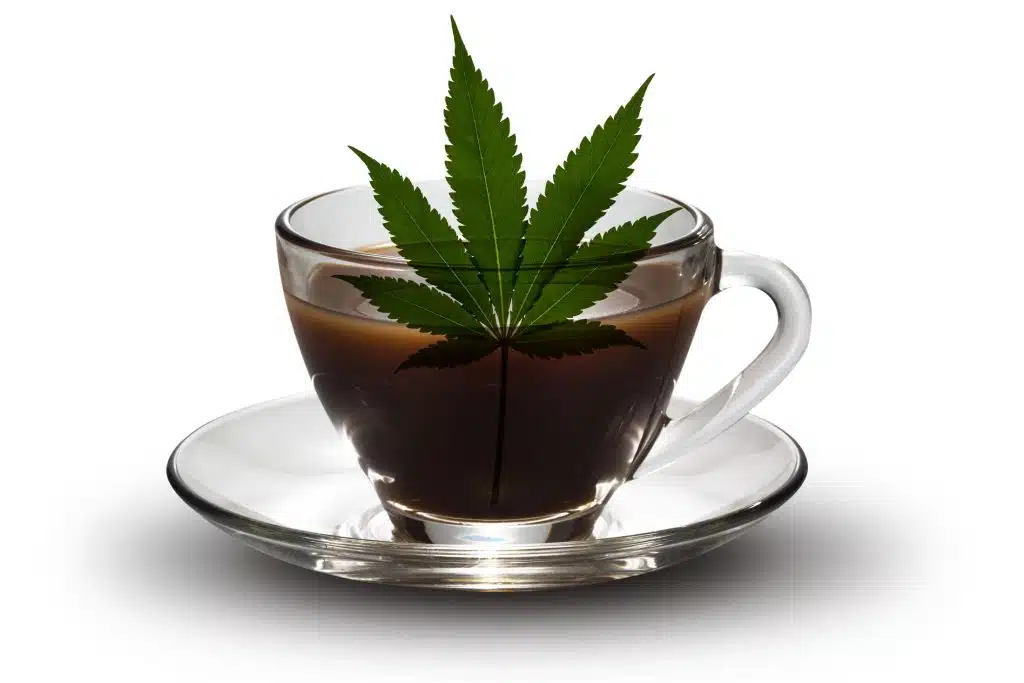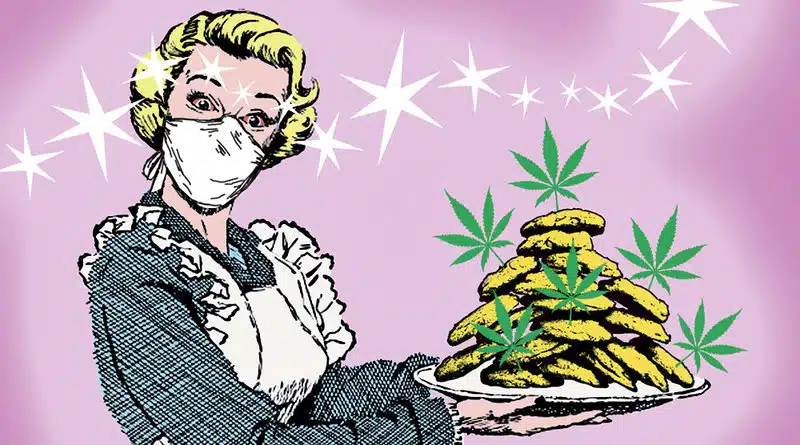How Does Sunlight Affect Weed?
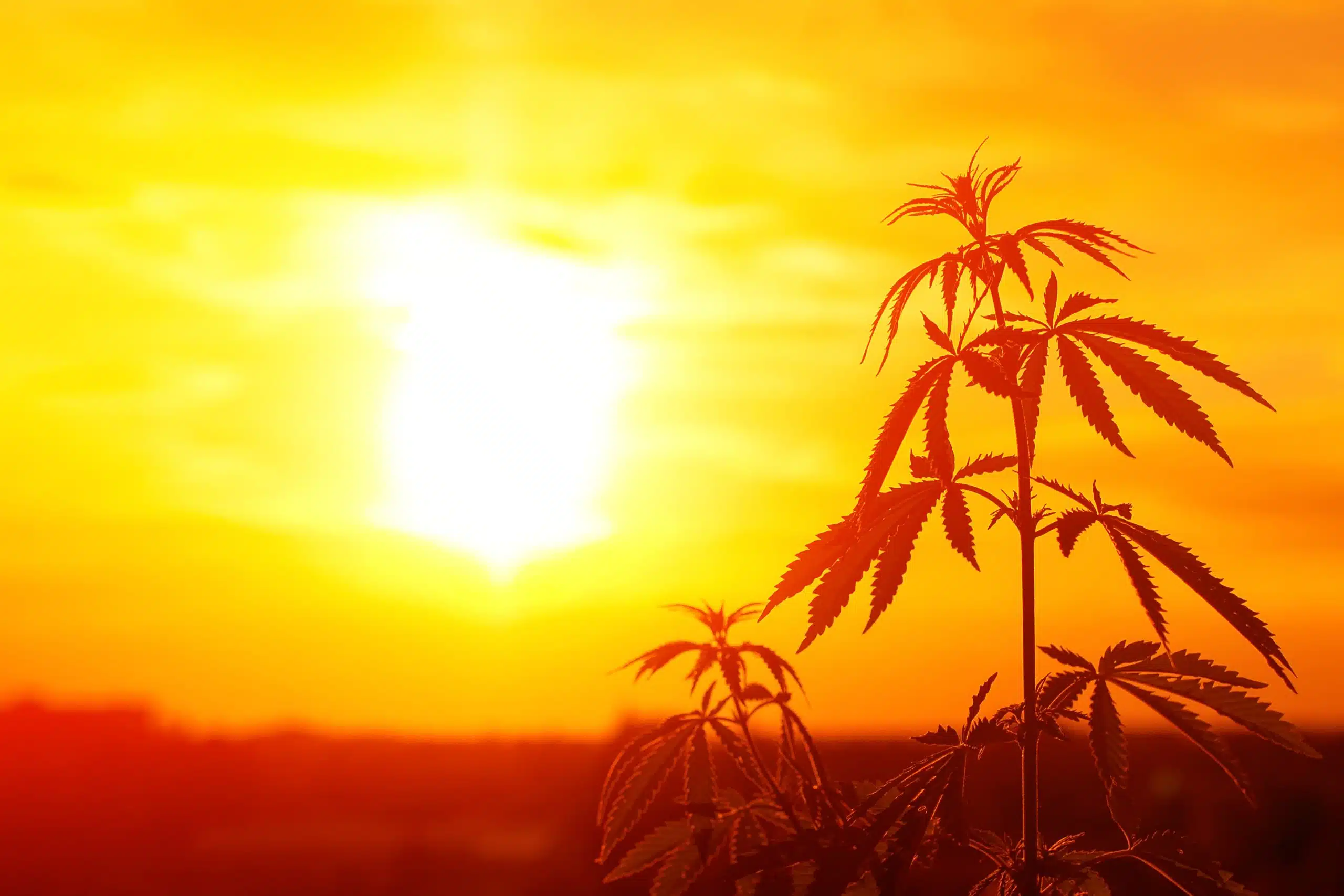
How Does Sunlight Affect Weed?
Cannabis, commonly known as weed, can be found growing in both wild and farmed environments. While they share the same botanical origins, there are significant differences between wild weed plants and those cultivated on farms. In this article, we will explore the distinctions between wild and farmed weed, including their growth patterns, genetic diversity, cannabinoid profiles, and overall quality.
When it comes to growing cannabis, sunlight plays a crucial role in the plant’s development and overall quality. The amount and quality of sunlight that cannabis plants receive can significantly impact their growth, cannabinoid content, and overall yield. In this article, we will explore the various ways in which sunlight affects weed and delve into the importance of optimizing sunlight exposure for successful cannabis cultivation.
The Effects of Sunlight on Cannabis Growth
Sunlight is the primary source of energy for plants through the process of photosynthesis. Cannabis plants require an adequate amount of sunlight to thrive and reach their full potential. The intensity, duration, and spectrum of sunlight all influence the growth and development of cannabis plants.
1. Optimal Sunlight Requirements for Outdoor Cannabis Cultivation
Outdoor cannabis cultivation relies on natural sunlight, making it essential to understand the optimal sunlight requirements for successful growth. Cannabis plants generally require a minimum of 6-8 hours of direct sunlight per day. However, some strains may benefit from even longer exposure to sunlight. It is crucial to choose a suitable location for outdoor cultivation that provides ample sunlight throughout the day.
2. Sun-Grown vs. Indoor-Grown Cannabis: A Comparison
Sun-grown cannabis refers to plants cultivated outdoors, while indoor-grown cannabis is cultivated under artificial lighting. Both methods have their advantages and disadvantages. Sun-grown cannabis tends to have a more complex terpene profile and a richer flavor due to the natural sunlight exposure. On the other hand, indoor-grown cannabis allows for more control over environmental factors but may lack the same depth of flavor and aroma.
3. The Role of UV Light in Cannabis Cultivation
UV light, particularly UV-B and UV-A, plays a significant role in cannabis cultivation. While excessive UV exposure can be harmful, controlled exposure to UV light can stimulate the production of secondary metabolites, such as cannabinoids and terpenes. These compounds contribute to the unique effects and flavors of different cannabis strains.
4. Sunlight and the Flowering Stage of Cannabis Plants
During the flowering stage, cannabis plants require specific light conditions to initiate and maintain the flowering process. The duration of uninterrupted darkness, known as the photoperiod, triggers the transition from the vegetative stage to the flowering stage. Outdoor cultivation takes advantage of natural sunlight patterns to ensure proper flowering, while indoor growers often manipulate light schedules using timers.
5. The Importance of Light Spectrum in Cannabis Cultivation
The spectrum of light that cannabis plants receive affects their growth and development. Different wavelengths of light have varying effects on plant physiology. Blue light promotes vegetative growth, while red light stimulates flowering. By understanding the importance of light spectrum, growers can optimize their lighting setups to achieve desired growth patterns and maximize yield.
The Role of Sunlight in Cannabis Degradation
Sunlight, particularly ultraviolet (UV) light, can have detrimental effects on the chemical composition of cannabis. The primary compounds of interest in cannabis are cannabinoids, such as THC and CBD, and terpenes, which contribute to the aroma and flavor of the plant. Exposure to sunlight can lead to the degradation of these compounds, resulting in a decrease in potency and overall quality.
1. The Effect of UV Light on Cannabinoids
UV light, especially UV-B rays, can break down cannabinoids over time. THC, the psychoactive compound in cannabis, is particularly susceptible to degradation when exposed to UV-B light. This degradation process, known as photo-oxidation, can result in the conversion of THC into cannabinol (CBN), a compound with less psychoactive effects. As a result, prolonged exposure to sunlight can lead to a decrease in the potency of cannabis.
2. Impact on Terpenes
Terpenes, the aromatic compounds found in cannabis, are also vulnerable to degradation when exposed to sunlight. UV light can cause the breakdown of terpenes, leading to a loss of aroma and flavor in the cannabis. This can significantly impact the overall sensory experience and quality of the product.
3. Oxidation and Color Changes
Sunlight exposure can also contribute to the oxidation of various compounds in cannabis, leading to changes in color. Over time, cannabis that has been exposed to sunlight may develop a yellow or brown hue, indicating the degradation of cannabinoids and other chemical constituents.
Best Practices for Storing Cannabis
To preserve the shelf life and quality of cannabis, it is essential to follow proper storage practices. Here are some tips to protect your weed from sunlight and maintain its potency:
1. Store in a Dark Place
To minimize sunlight exposure, store your cannabis in a dark place away from direct light sources. Optimal storage locations include cool, dry, and dark areas such as a closet, drawer, or a dedicated storage container. Avoid storing cannabis near windows or other areas where sunlight can penetrate.
2. Use Opaque Containers
Choose storage containers that are opaque and light-resistant to further protect your cannabis from sunlight. Dark glass jars or airtight plastic containers are ideal options. These containers help block out UV light and maintain a stable environment for your weed.
3. Consider UV-Blocking Packaging
If you prefer to store your cannabis in transparent containers, consider using UV-blocking packaging. These specialized containers are designed to filter out harmful UV rays while still allowing you to see the contents. UV-blocking packaging can be particularly useful for those who want to display their cannabis while protecting it from sunlight.
4. Control Temperature and Humidity
In addition to sunlight, temperature and humidity can also impact the shelf life of cannabis. Store your weed in an environment with stable temperature and humidity levels. Ideally, aim for temperatures between 60-70°F (15-21°C) and humidity levels around 55-62%. Excessive heat and moisture can accelerate the degradation process and promote the growth of mold and mildew.
5. Avoid Excessive Handling
Frequent handling of cannabis can transfer oils, dirt, and other contaminants onto the buds, compromising their quality. Minimize unnecessary handling and only touch the cannabis when necessary. When handling, use clean hands or gloves to prevent contamination.
6. Store Away from Strong Odors
Cannabis is highly susceptible to absorbing odors from its surroundings. To preserve the aroma and flavor of your weed, store it away from strong-smelling substances such as cleaning products, perfumes, or spices. This will help maintain the integrity of the terpenes and prevent unwanted flavor contamination.
Sunlight can significantly impact the shelf life of cannabis by degrading cannabinoids, terpenes, and other chemical constituents. To ensure the longevity and quality of your weed, it is crucial to store it in a dark, cool, and dry place, away from direct sunlight. By following proper storage practices and protecting your cannabis from sunlight exposure, you can enjoy a more potent and flavorful experience. Remember, for all your cannabis needs, Ganja West Online Dispensary offers a wide range of high-quality products. Visit their website today and discover the convenience of online shopping and reliable delivery.
Growth Patterns
Wild Weed Plants
Wild weed plants, as the name suggests, grow naturally in the wild without human intervention. They can be found in various regions around the world, often in remote or untouched areas. Wild weed plants have adapted to their specific environments and exhibit diverse growth patterns. They may grow tall and lanky, with branches spreading out to capture sunlight. Due to the absence of cultivation practices, wild weed plants may have a more rugged appearance, with irregular leaf shapes and varying heights.
Farmed Weed
Farmed weed, on the other hand, is cultivated under controlled conditions by growers. These plants are typically grown in indoor or outdoor environments, where factors such as light, temperature, humidity, and nutrient levels are carefully regulated. Farmed weed plants are often trained and pruned to optimize their growth and maximize yield. They tend to have a more uniform appearance, with consistent leaf shapes and heights. The controlled environment allows for predictable growth patterns and the ability to manipulate various factors to achieve desired outcomes.
Genetic Diversity
Wild Weed Plants
Wild weed plants exhibit a high level of genetic diversity. Over time, they have adapted to their specific environments, leading to the development of various landrace strains. Landrace strains are indigenous cannabis varieties that have evolved naturally in specific regions. They often possess unique characteristics and are well-suited to their local climates and growing conditions. Wild weed plants have had the opportunity to cross-pollinate with other wild plants, resulting in a wide range of genetic variations.
Farmed Weed
Farmed weed, on the other hand, tends to have a lower level of genetic diversity. Growers often select specific strains or cultivars for cultivation based on their desired traits, such as potency, flavor, or yield. These selected strains are then propagated through cloning or seed production, resulting in a more uniform population of plants. While farmed weed may offer consistency in terms of desired traits, it may lack the genetic diversity found in wild weed plants.
Cannabinoid Profiles
Wild Weed Plants
The cannabinoid profiles of wild weed plants can vary significantly due to their genetic diversity. Different landrace strains may have distinct ratios of cannabinoids, such as THC (tetrahydrocannabinol) and CBD (cannabidiol). Some landrace strains may naturally produce higher levels of CBD, while others may have higher THC content. The cannabinoid profiles of wild weed plants are influenced by their specific environments, including factors such as sunlight exposure, temperature, and soil composition.
Farmed Weed
Farmed weed offers more control over the cannabinoid profiles of the plants. Growers can select and cultivate specific strains that are known for their desired cannabinoid ratios. Through careful breeding and cultivation practices, they can manipulate the cannabinoid content to meet market demands. For example, strains with high THC content are often favored for recreational use, while those with higher CBD levels are sought after for medicinal purposes. The controlled environment of farmed weed allows for consistent cannabinoid profiles within a specific strain.
Overall Quality
Wild Weed Plants
The quality of wild weed plants can vary due to their natural growth patterns and environmental factors. While some wild plants may exhibit exceptional characteristics, others may have lower potency or inconsistent cannabinoid profiles. The flavor and aroma of wild weed can also differ significantly, influenced by the terpene profiles unique to each landrace strain. However, the ruggedness and resilience of wild weed plants can be appealing to those seeking a more natural and untamed experience.
Farmed Weed
Farmed weed offers a higher level of quality control due to the regulated cultivation practices. Growers can optimize the growth conditions to produce consistent and high-quality cannabis. By selecting specific strains and implementing cultivation techniques, they can enhance the potency, flavor, and overall appeal of the plants. Farmed weed often undergoes rigorous testing and quality assurance measures to ensure it meets industry standards and consumer expectations.
While both wild weed plants and farmed weed share the same botanical origins, there are distinct differences between them. Wild weed plants exhibit diverse growth patterns and genetic diversity, resulting in a wide range of characteristics and cannabinoid profiles.
Conclusion
Sunlight plays a vital role in the cultivation of cannabis, influencing its growth, cannabinoid content, and overall quality. By understanding the effects of sunlight on weed, growers can make informed decisions to optimize their cultivation practices. Whether it’s outdoor or indoor cultivation, harnessing the power of sunlight is key to producing high-quality cannabis. So, embrace the sun, nurture your plants, and enjoy the bountiful rewards of your cannabis cultivation journey.
Remember, if you’re looking for a reliable online dispensary to purchase top-quality cannabis products, Ganja West Online Dispensary is your go-to destination. With a wide range of products, including concentrates, edibles, vapes, and more, Ganja West offers convenient delivery options and a seamless online shopping experience. Visit their website today and explore the world of premium cannabis products delivered right to your doorstep. If you are interested in buying weed online and THC products, check out Ganja West online weed dispensary and shop for your weed online and cannabis products at ganjawest.co!
